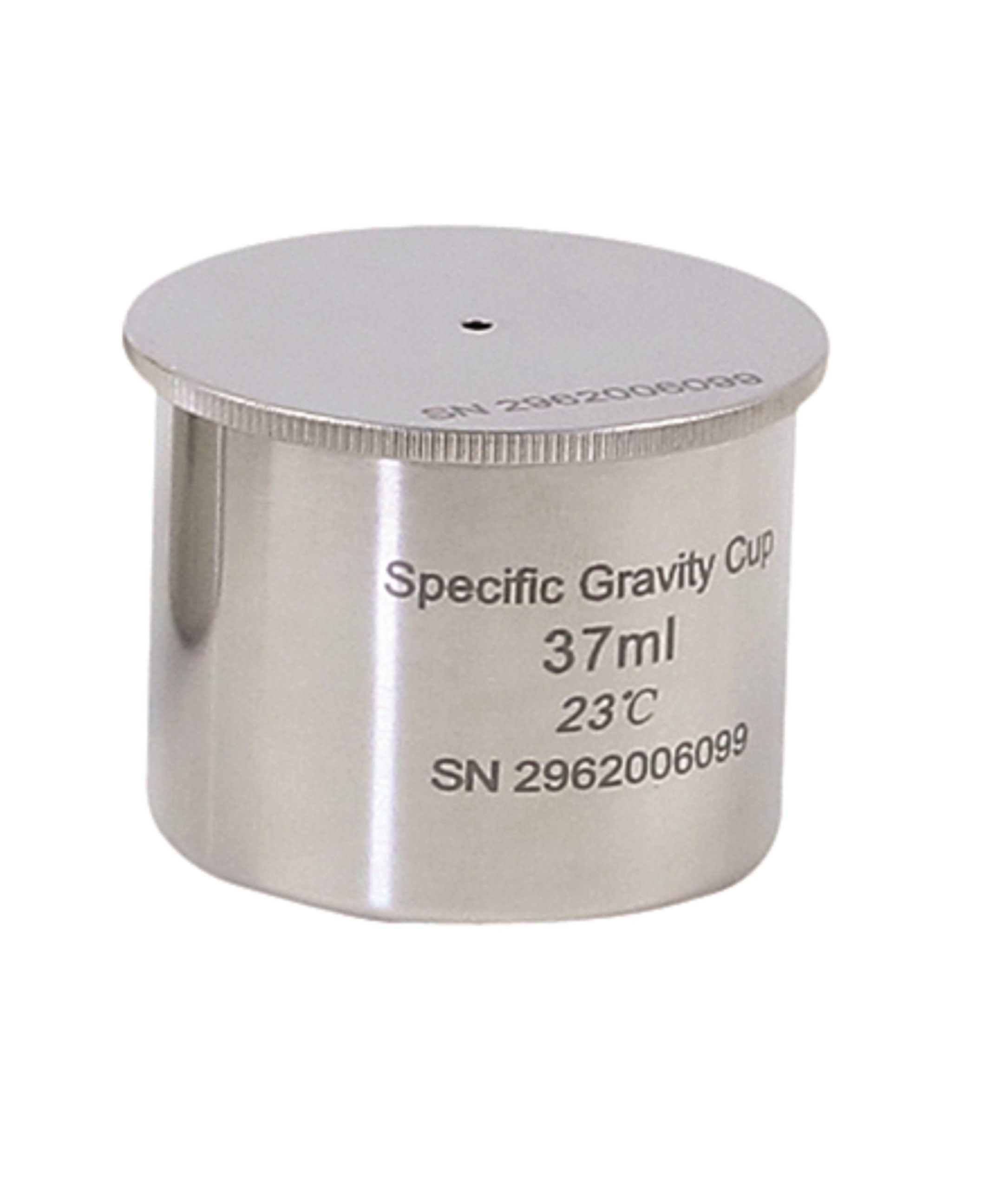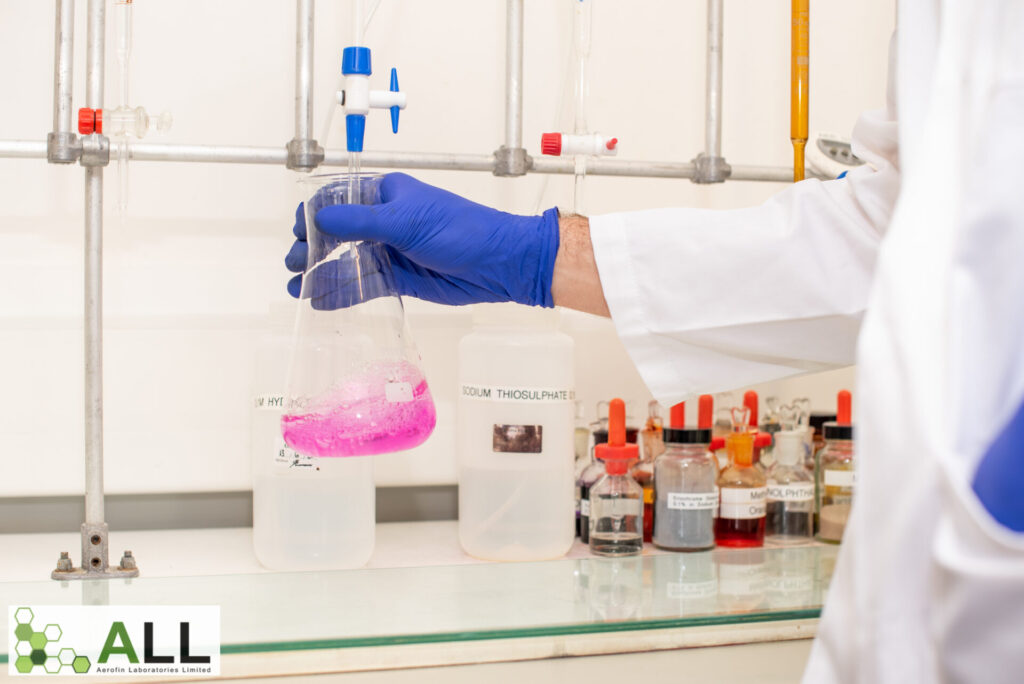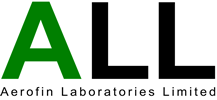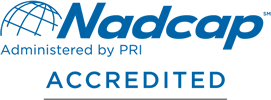Measuring Salt concentration for ASTM B117 & ISO 9227
Salt spray testing to ASTM B117 & ISO 9227 requires the concentration of salt water to be monitored & controlled at two points in the process. Firstly, at the point of solution make up prior to atomisation & post atomisation once the solution has condensed. In this post we shall discuss some of the common methods of measuring sodium chloride concentration. Including specific gravity, refractive index, and titration.
Specific gravity using a hydrometer:
hydrometers indicate a specific gravity / salinity via a float device, where a higher specific gravity / salinity will cause more buoyancy in the float device giving a higher reading. various hydrometers are available to measure specific gravity including swing arm hydrometers & glass float hydrometers. Both are relatively cheap & easy to use, but not without limitations:
- When making up a batch of salt water complying to ASTM B117 or ISO 9227 we have plenty of volume in order to take a sample. This is not the case when it comes to fall out. Fall out shall be such that for 80 cm² horizontal collecting area a rate of collection shall be 1 – 2 ml/hour. Where sodium chloride & volume of condensate shall be recorded daily, meaning a volume of 24-48ml per collection device. Combining the minimum requirement of two collection devices a total volume of 48-96ml may not be enough for the devices to give a reading. More collection devices may be used… but for every additional collection device, you reduce the capacity for testing.
- Bubbles can easily get stuck to the swinging arm of the device and cause an inaccurate reading. Additionally, the moving parts can degrade over time also leading to bad readings.
- The major drawback to this type of salinity measuring device is the lack of temperature adjusting. As water warms or cools, it becomes less dense or denser respectively. If the water is colder or warmer than what the scale of the device is calibrated then a calculation must be applied to determine the correct salinity. In turn a calibrated thermometer is required.
Refractometer:

Handheld & bench top refractometers are available, with handheld devices being the more cost-effective solution. These devices measure the refractive index of the water being tested and display the results. The major benefit of the refractometer over the hydrometer is accuracy. The refractometer is considered to be more accurate than the hydrometer, with many units able to automatically correct for temperature differences.
The main downside of the refractometer is the need to be calibrated regularly. It’s easy to do, but often overlooked. A good refractometer may be deemed as an unnecessary expense when compared to other methods. However, the time saved in delivering a reliable reading more than makes up for what is, in the grand scheme of salt spray testing, a drop in the ocean.

Pycnometers (also called pyknometers or density cups) for determining the specific gravity or density
Density cup:
ASTM B117 table 3 & ISO 9227 para 5.1 indicate density at given temperatures & conversions to grams per litre salinity. A density cup can be used in conjunction with a calibrated analytical balance to accurately weigh salt solutions. This method requires the solution & equipment be maintained at a stable temperature & a record of the temperature taken to convert density / specific gravity to grams per litre salt concentration. This method can be more time consuming than methods such as refractometer.
A range of Pycnometers (also called pyknometers or density cups) for determining the specific gravity or density are available at Specific Gravity Cups – Ascott Shop
Titration:

Salt concentration determination by titration or Mohr’s Method requires a known volume of salt solution be titrated with silver nitrate to a red end point. Alongside reagents of silver nitrate & chromate indicator, this method requires the following equipment:
- burette and stand
- 10 and 20 mL pipettes
- 100 mL volumetric flask
- 250 mL conical flasks
- 10 mL and 100ml measuring cylinders.
This method is time consuming when compared to the hydrometer & refractometer methods. Set up cost is relatively cheap. Ongoing consumable costs would need to be taken into consideration. This method maybe more suitable for those already set up for chemical analysis.


